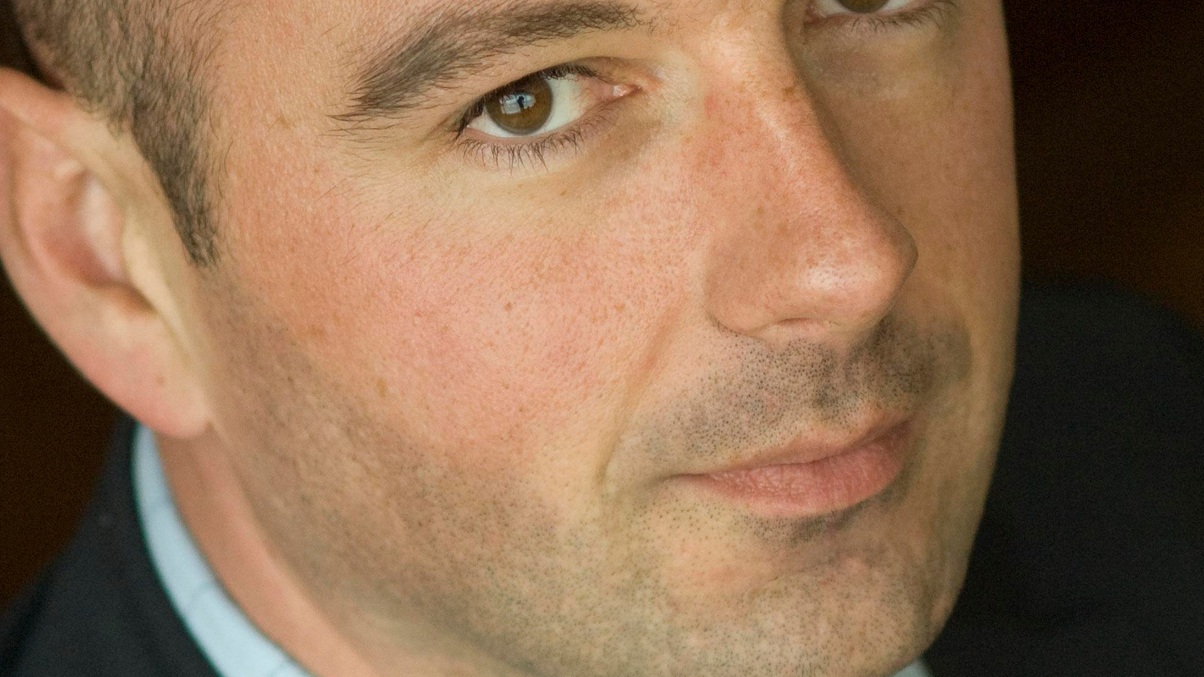Japan-style rates stir interest in high-dividend strategy: Pictet
Senior investment manager Bruno Lippens sees investing in high-dividend infrastructure stocks as a sound way to counter likely inflation and volatility.

Bruno Lippens of Pictet Asset Management admits that the firm made a mistake when it launched its high-dividend stock selection fund for Japanese investors in 2005.
Sign in to read on!
Registered users get 2 free articles in 30 days.
Subscribers have full unlimited access to AsianInvestor
Not signed up? New users get 2 free articles per month, plus a 7-day unlimited free trial.
¬ Haymarket Media Limited. All rights reserved.


